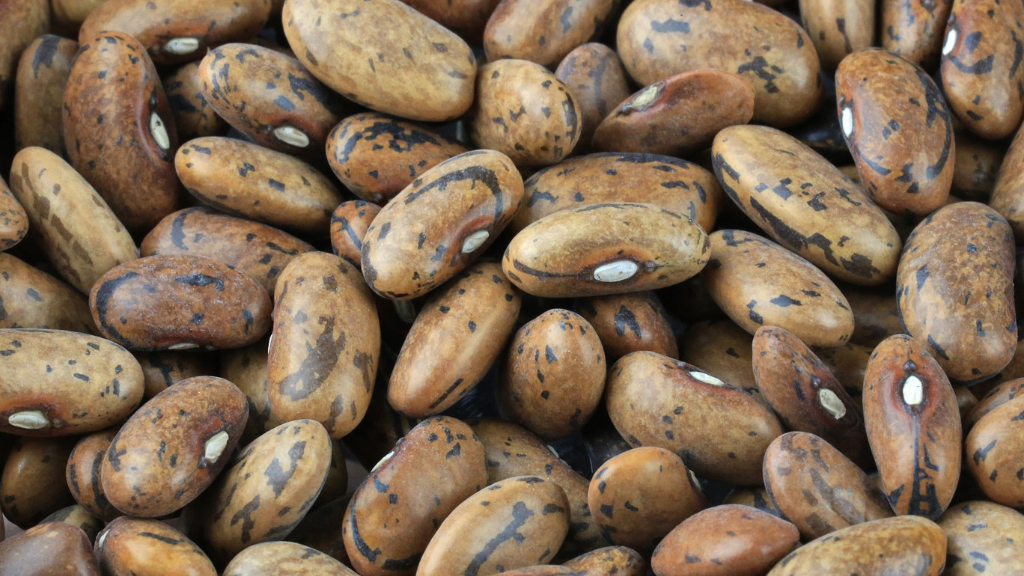History Of Rattlesnake Beans


I admit it. I hate snakes. They creep me out. In a way they are beautiful representations of life's variety, but they also slither their way into my deepest fears. A therapeutic exercise asks a phobic to surround themselves with that which they fear most in order to overcome such feelings. My answer comes in the form of Rattlesnake bean plants (Phaseolus vulgaris). They may have similar patterns and twisting angles as the serpents from which they take their name, but the beans aren't the least bit scary and that may be the key to locking away my fear.
History of Rattlesnake Bean Plants
Why would anyone name an edible after a poisonous snake? One glimpse of the beans and you will have part of your answer. Mottled with purple patterns, the bean's skin bears a striking resemblance to snake skin. You can eat the pods when young or dry them out and shell the light brown seeds, which are splashed with a darker brown coloring. The history of Rattlesnake beans reveals the true nature behind the name. The plant's twining, twisting growth habit is actually why they are likened to the serpents. Rattlesnake bean pods can grow up to 8 inches long. The seeds inside start out creamy white and darken as they age, developing sepia and dark brown patterns. The plant is also called Preacher bean because it grows so well it gives you something to preach about! Further historical info states that Rattlesnake beans hail from the Southwestern United States, in particular the Hopi Indians and sown with the aid of Kokopelli, a mythological being associated with fertility and germination. This variety of bean is drought resistant and perfect for sandy soils. Flavor-wise, Rattlesnake bean pods are crisp and snappy and the seeds are meaty, holding their shape when cooked in soups and stews.
Growing Rattlesnake Snap Beans
More of the history of Rattlesnake beans shows they are relatives of Pinto beans. That means they are most prolific in hot zones. When growing these beans, choose a location where they will have plenty of room, as the vines can get up to 10 feet long. Plant seeds after all danger of frost has passed. Push them an inch into soil and 2 inches apart. Provide some sort of support for the vines as they grow and keep the plants moderately moist. Harvest the plants consistently to ensure more frequent flowering and higher yields. Use a side dressing of compost or manure when growing Rattlesnake snap beans. Try them fresh and dried. Dried beans make excellent chili, casserole or simply a side dish.
Gardening tips, videos, info and more delivered right to your inbox!
Sign up for the Gardening Know How newsletter today and receive a free copy of our e-book "How to Grow Delicious Tomatoes".
-
 ‘Coral Charm’ Peony Care For Sublime Semi-Double Peonies With Lush Salmon Pink Flowers
‘Coral Charm’ Peony Care For Sublime Semi-Double Peonies With Lush Salmon Pink FlowersPeonies are known for their soft baby pink or magenta tones, but if plushy coral blooms are your thing, here’s our guide to the ultimate ‘Coral Charm’ peony care
By Tonya Barnett
-
 How To Grow Seeds Quickly: 8 Expert Tricks For Fast Flowers & Crops
How To Grow Seeds Quickly: 8 Expert Tricks For Fast Flowers & CropsIt's never too late to start growing! Jump-start your flower or vegetable garden with these pro tips and tricks for germinating seeds in record time.
By Amy Grant